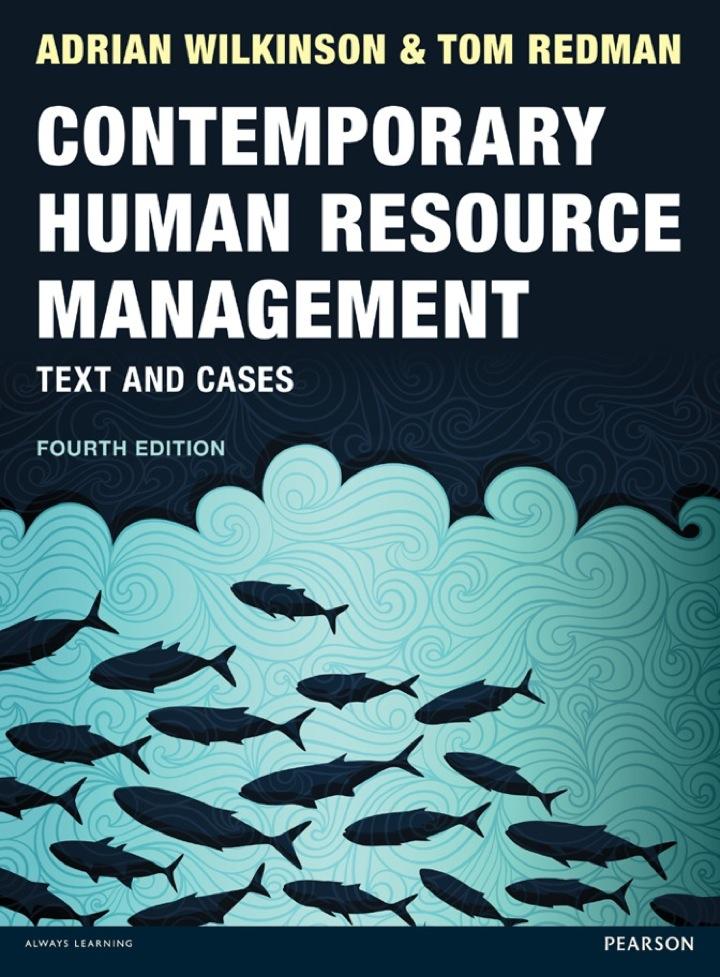Girlie Glitter Co. is a UK-based chain of retail outlets whose products and services are marketed primarily
Question:
Girlie Glitter Co. is a UK-based chain of retail outlets whose products and services are marketed primarily at 3–13-year-old girls. The team who designed the concept took the theme of ‘girl power’ as their starting point, and aimed to create a retail format catering specifically for young girls. The idea was to develop a retail store that stocked not only a range of (largely dressing up and party) clothes, hair-styling products, cosmetics and fashion accessories, but also that provided the opportunity for girls to have a ‘make-over’ in store. The aim, as one of the co-founders of the company described it, was to create ‘a girl friendly … pleasurable space … in which young girls could enjoy shopping together, and … mothers could enjoy shopping with their daughters’. In short, as the design team put it, the idea was to develop a retail experience that ‘lets little girls live a dream’.
The format that was developed reflects a broader evolution in retail marketing towards stores as places to do more than just shop. With this in mind, a distinct design was developed – the stores are loud, bright and have a discernible color and style theme that clearly differentiates them from other retail outlets in the shopping centers in which they are located. Indeed, color was considered to be a vital component of their aesthetic and the design team decided that everything should be ‘pink … and glittery, with lots of hearts’. This provided the style theme throughout the project and helped to bring to life the idea that the presentation of the products and services on offer should be a ‘magical experience’. Much like other retail outlets and theme parks marketed particularly at children and families, the emphasis was upon the creation of an atmosphere of
‘clean, wholesome, family fun’.
The Girlie Glitter Co. experience
Customers are enticed into the stores largely by the theatricality of what they have to offer. This is experienced through a combination of music, abundant use of glitter, bright lighting and white flooring, combined with distinctive chrome fittings, pink lettering and iconography (hearts and stars), as well as rows of sparkly costumes and make-up. Sales staff perform dance routines at the front of stores at regular intervals throughout the day creating ‘an atmosphere of excitement’, as one store manager put it. This reflects a broader performance ethos throughout the company that, at least in part, differentiates Girlie Glitter Co. from other retail outlets selling similar products. It has important implications for the recruitment, selection, training and monitoring of sales staff. As one of the co-founders of the company put it, ‘staff don’t see themselves as sales assistants but as performers’. Store managers are encouraged to think of themselves as ‘coordinators of a leisure experience’.
In this respect, the marketing team developed a number of other features designed to differentiate the Girlie Glitter brand from other retail ‘experiences’. As the store’s publicity puts it, ‘not only does Girlie Glitter stock all things feminine and girlie, it provides its young customers with the opportunity to be transformed into a fairy princess in store’. At the front of the stores are located spaces called ‘Princess Studios’. These are hairstyling and make-up areas where customers can have their hair and nails done, as well as a range of themed make-overs.
Because of this aspect of their work, sales assistants (or ‘performers’) function not only as dancers but also as hairdressers, make-up artists and nail technicians.
Instructed to ‘have fun while thinking sales’ on the shop floor, they are also told to just ‘do what comes naturally’
as one sales assistant put it. This means that sales assistants ‘need to look right because we are there for the girls [customers] to copy’. In this sense, ‘standard presentation is important because they are like role models, they influence the kids, much like characters in kids’ cartoons or TV programmers, really’, as one area sales manager said.
Aware of the potential pitfalls of standardization and thematic repetition, however, the aim was to ‘customize’
the service provided, and to recruit staff capable of making individual customers feel special. Crucially, as the Girlie Glitter Co. marketing officer put it, ‘this shop was not to be seen as an exploitation of children: it had to represent their dreams, and every girl who visited Girlie Glitter had to feel as though she had walked into a shop that was there just for her’. He goes on to say that this is because customers are no longer willing to accept that the shops they visit are just places to buy goods. They demand drama and deserve to be delighted by the experience. Shops have become destinations in themselves – not only a place to purchase, but as a place to be entertained, inspired and, in the case of Girlie Glitter Co., to have loads of fun. This means that the staff we select to work here, particularly on the shop floor, are absolutely crucial.......
Question
1 In what ways is gender relevant to the performance and management of emotional labour at Girlie Glitter Co.?
2 How might the concepts of ‘surface acting’ and ‘deep acting’ (Hochschild, 1983) be applied to the experiences of sales assistants?
3 Drawing on Bolton and Boyd’s (2003) typology, identify the different types of emotion management performed by sales assistants at Girlie Glitter Co.
4 What techniques have the management team devised to encourage sales assistants to perform emotional labour?
5 What coping strategies do staff implement to alleviate the negative consequences of the emotional labour aspects of their work?
6 Draft a recruitment advertisement for sales assistants at Girlie Glitter Co. What key issues might you need to consider in recruiting, selecting and training new staff?
Step by Step Answer:

Contemporary Human Resource Management Text And Cases
ISBN: 9780273757825
4th Edition
Authors: Tom Redman, Adrian Wilkinson





